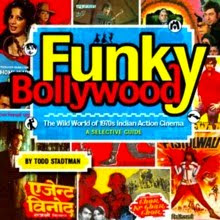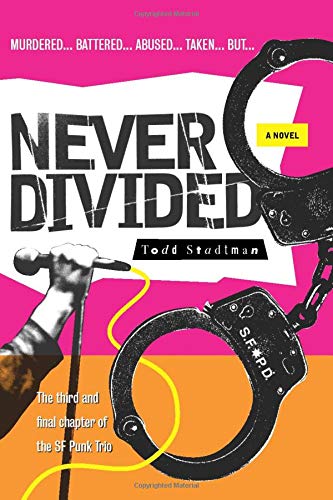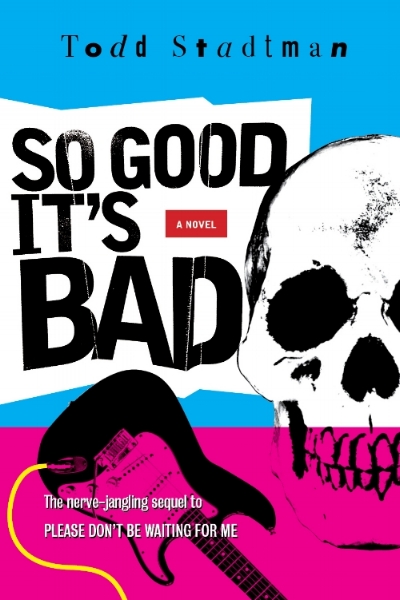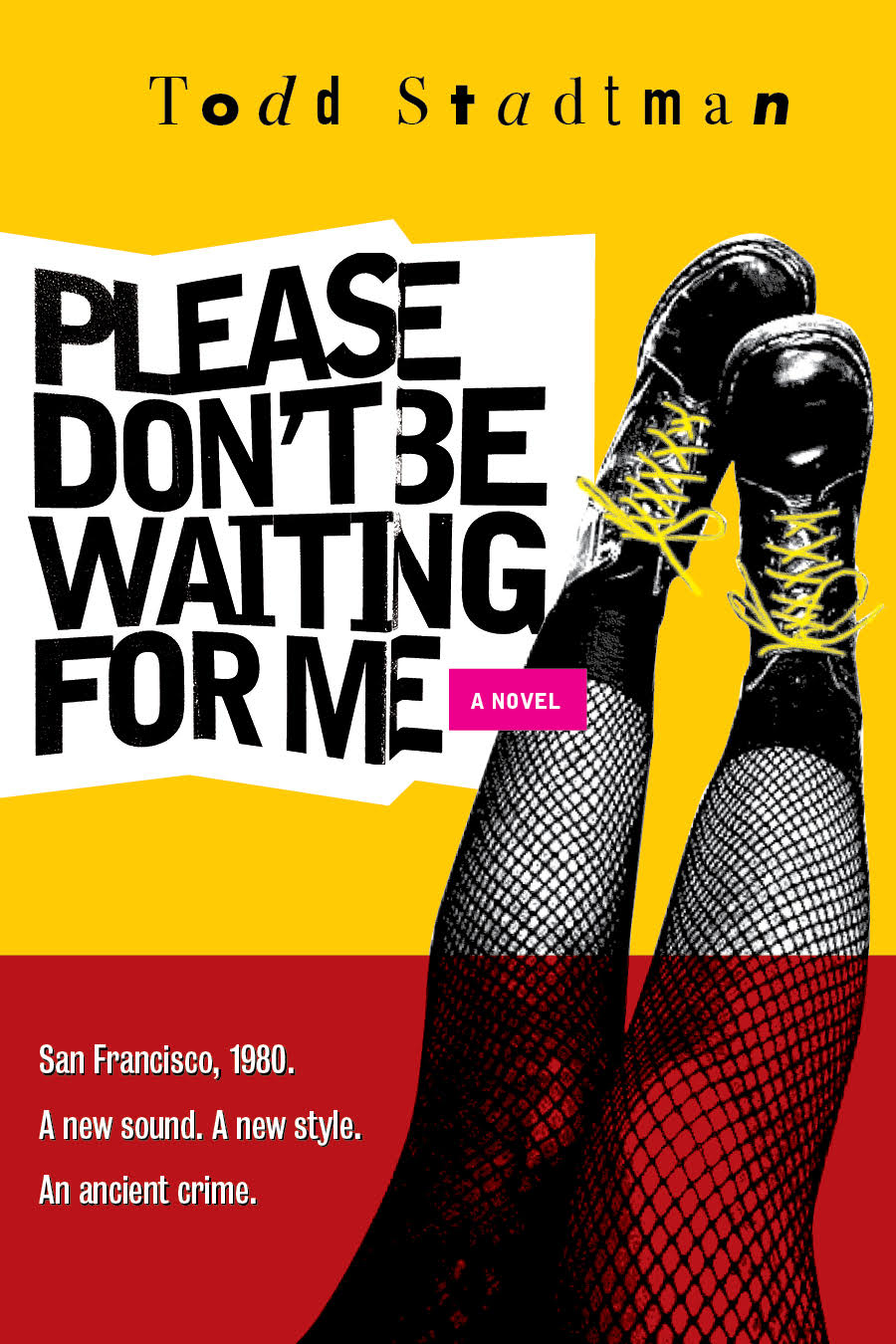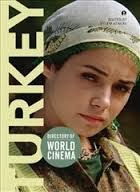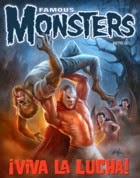
I'm ecstatic that BCI is releasing all of these old Japanese Tokusatsu shows on DVD. Still, I have to admit that, while I enjoyed their last release,
Iron King, I was a little disappointed by it. I understand that
Iron King is noteworthy for the ways in which it departs from the standard Tokusatsu series formula, so I guess that the fact that I mostly missed all of those things that it departed from makes me something of a conservative as Tokusatsu fans go. One of the main things I felt the lack of in
Iron King was the presence of your usual Science Patrol-style paramilitary group; I mean, what is a Japanese giant hero show without a pitifully small and overmatched band of humans in colorful and uncomfortable looking futuristic uniforms piloting all kinds of cool-but-completely-unairworthy-looking vehicles for the monster to swat at? Furthermore, the whole idea of making the comic relief sidekick, rather than the dashing lead, the hero's alter ego just forced me to pay a lot more attention to the comic relief sidekick than I would normally want to. Lastly, there didn't seem to be much variation in the designs of the monsters-of-the-week, which left less to look forward to from episode to episode.
Still, that whole constant cropping up of the hero Gentaro's "issues" with women was interesting--and if you wanted to explore the series' gay subtext, you could probably really go to town. But I just want to watch men in giant monster suits squashing toy tanks while other men in chafing polyester uniforms strike stylized action poses and point toy ray guns at them. Is that simply too much to ask for?

Well, of course it isn't. And BCI's recent DVD release of the 1973 series
Super Robot Red Baron has now come to my rescue.
Red Baron is a show that's all about chunky-looking giant robots fighting each other and thrashing lots of model buildings, which is a formula that's pretty hard to find fault with. But
Red Baron really seals the deal for me with its inclusion of the Super Science Institute, an elite group of young people who have been trained as "modern day ninjas" and whose high-tech headquarters is concealed within an auto body shop (where they all also work in their civilian guises). Each of the five members of the SSI have things to recommend them, but, for obvious reasons, my favorite is the mini-skirted female member who drives a rocket-firing muscle car. With each episode dividing it's action between robot fighting and the SSI having kung fu fights with armies of costumed goons to brassy seventies action music,
Super Robot Red Baron is one big catalog of awesome.
The series' premise is set up when an international robot expo--at which giant robots from every nation are being exhibited--is attacked by a group called the Iron Alliance, who steal all of the robots and take them to their undersea headquarters. The Iron Alliance's goal is to create a world ruled by robots, which everybody on the show seems to just assume would be so horrible, though, as far as I'm concerned, that's a bit of a knee-jerk reaction. While I'm conservative in my taste in Tokusatsu series, I'm far more open minded to untested ideas in the political realm. I mean, given how non-robots have been handling world governance lately, would it really be so bad to just give the Iron Alliance's program a try? I'm just saying. Anyway, the Iron Alliance has managed to get all of the robots except for the one they really, really wanted, which is Super Robot Red Baron. Unfortunately for them, Red Baron's creator has bio-encoded Red Baron's controls so that he can only be piloted by his brother Ken, who happens to also be a member of the SSI. This leaves the alliance no choice but to attack with what they have on hand, and so, with each episode, a new, goofy looking giant robot is sent forth to smash miniature cities and do battle with Red Baron--which again is, as far as I'm concerned, a can't lose formula.

As you'd expect, there is a lot of miniature work in
Red Baron, and from what I've seen it's quite good. And by "good", I don't mean "convincing", but instead fun and imaginative, which is really what it's all about. I also really like how the robot designs hark back to the more caricatured, pot-bellied look of the original Gigantor/Tetsujin 28 cartoon, rather than trying to emulate the more streamlined look then being made current in animated shows like Mazinger-Z. (The sequel series to
Red Baron,
Super Robot Mach Baron tried to incorporate that look to a greater degree.) As such, our hero Red Baron looks something like a skyscraper-sized red fireplug with arms and legs, a whimsical touch that imbues him with a quirky personality, despite the fact that his onscreen behavior is pretty much limited to stomp, stomp, punch, stomp, stomp.
I was really glad to finally have the opportunity to see
Red Baron. In one of my past lives I dealt in vintage Japanese toys, which gave me a familiarity with most of these Tokusatsu characters, even though I had never actually seen most of the series that so many of the toys I traded in were based on. Toys, by their nature, have a way of sparking the imagination, and I suspect that a lot of the expectations I built up about some of these series as a result of this would be hard to meet.
Super Robot Red Baron, however, did not disappoint.
 Be-Sharam is a brisk and somewhat trashy distillation of everything that's fun about Amitabh Bachchan's action films from his late 1970s heyday. For the uninitiated, that means you get a driving Hindi-funk score, lots of two-fisted action, and some truly mind-blowing menswear. See my full review, just posted over at Teleport City.
Be-Sharam is a brisk and somewhat trashy distillation of everything that's fun about Amitabh Bachchan's action films from his late 1970s heyday. For the uninitiated, that means you get a driving Hindi-funk score, lots of two-fisted action, and some truly mind-blowing menswear. See my full review, just posted over at Teleport City.






















